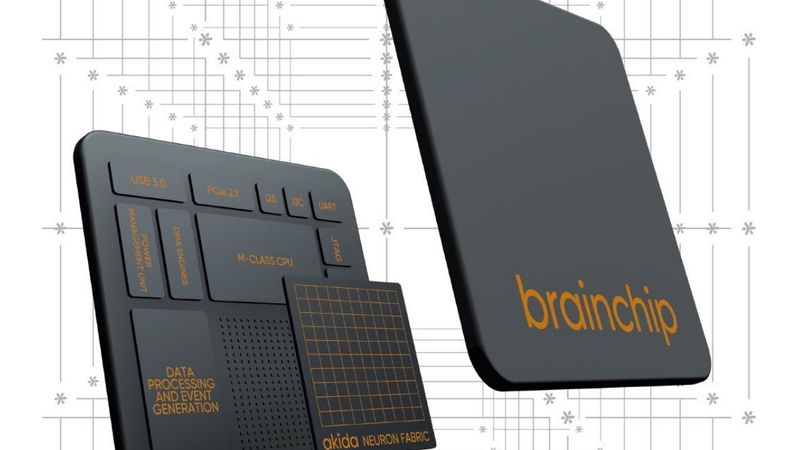Learning How to Learn: Neuromorphic AI Inference at the Edge
Q&A with Peter Van Der Made, BrainChip Founder and Chief Technology Officer
The whitepaper titled "Learning how to learn: Neuromorphic AI inference at the edge," published by BrainChip, explores the transformative potential of neuromorphic computing for artificial intelligence (AI) applications, particularly at the edge.
As traditional computing architectures face limitations, this document outlines how neuromorphic silicon can provide a more efficient, intelligent, and sustainable approach to AI inference.
The Challenges of Conventional Computing
The semiconductor industry is at a crossroads. Traditional computing, especially those based on the Von Neumann architecture, is increasingly struggling to keep up with the demands of modern AI applications.
BrainChip’s whitepaper emphasizes that the current AI paradigm is not sustainable for the next generation of intelligent applications. It outlines several critical issues:
Von Neumann Bottleneck: This refers to the inefficiency arising from separating the memory and processing units in traditional architectures. This leads to delays in data transfer and processing.
Moore’s Law and Dennard Scaling: While Moore’s Law has historically predicted the doubling of transistors on a chip every few years, this trend is slowing. Similarly, Dennard Scaling states that as transistors get smaller, the power density remains constant. However, this is no longer true due to limitations like leakage currents and heat dissipation. This limits the performance improvements that can be achieved through conventional means.
Cloud-Centric Limitations: AI applications increasingly rely on cloud computing, yet they face challenges such as latency, bandwidth constraints, and security vulnerabilities. The growing reliance on cloud data centers for AI training and inference is not sustainable, especially with the rising demand for real-time processing and the need for privacy in data handling.
Neuromorphic Computing: A Paradigm Shift
Neuromorphic computing represents a shift in how we approach AI. Unlike traditional models, which rely heavily on centralized processing and extensive data transfers, neuromorphic systems are designed to mimic the human brain's architecture and processing capabilities.
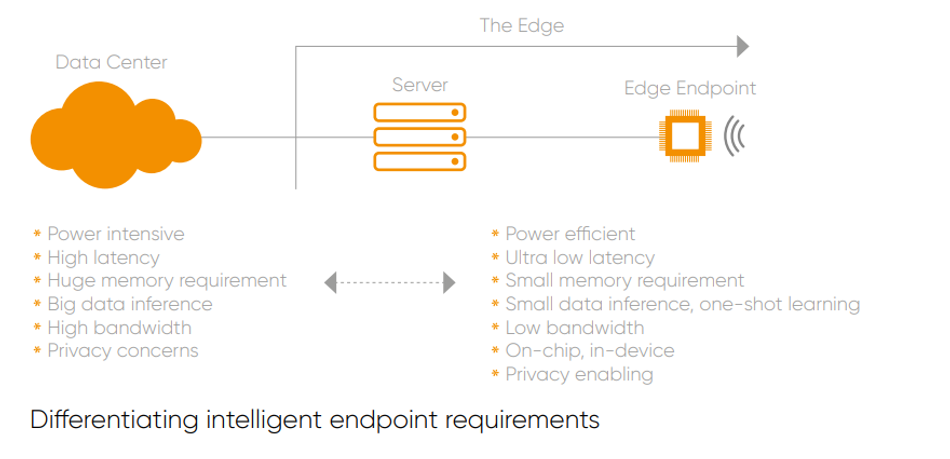
The whitepaper highlights several advantages of this approach:
Efficiency: Neuromorphic chips can process information in parallel, reducing latency and power consumption. This is particularly beneficial for edge applications where resources are limited.
Event-Driven Processing: Neuromorphic systems operate on an event-driven basis. This means they only process data when changes occur rather than continuously. This leads to more efficient use of computational resources and lower energy consumption.
Scalability: As AI applications evolve, neuromorphic computing offers a scalable solution that can adapt to increasing demands without the same limitations faced by traditional architectures.
The Power of "Learning how to Learn"
One of the most compelling concepts explored in the whitepaper is "learning how to learn." This idea revolves around the ability of AI systems to go beyond static learning models to embrace a more dynamic, continuous learning process. Traditional AI models are typically trained on a fixed dataset and then deployed.
However, with time, they don’t adapt to new data unless they are retrained. This process is not only inefficient but also impractical for many real-world applications.
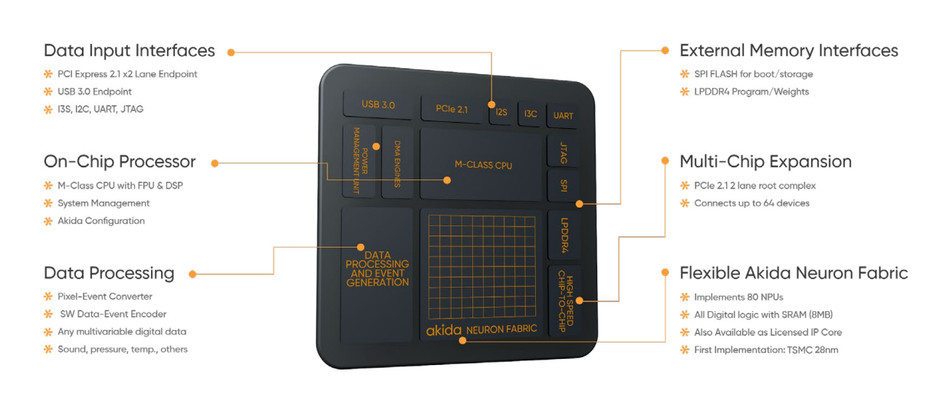
Presenting a solution that supports on-device learning, BrainChip’s Akida neuromorphic processor is designed to continue to learn and adapt even after deployment. This capability is crucial for applications like autonomous vehicles, where the environment is constantly changing, and the AI needs to adjust its behavior in real-time.
Real-World Applications and Impact
The whitepaper emphasizes the growing importance of edge AI, where data is processed closer to its source rather than being sent to the cloud. This shift is driven by the need for real-time insights and reduced latency. Neuromorphic computing is particularly well-suited for edge applications due to its efficiency and ability to handle complex tasks with limited resources.
Key applications discussed in the whitepaper include:
Autonomous Systems: Neuromorphic chips can enhance the capabilities of autonomous vehicles and drones by enabling real-time decision-making and processing of sensory data.
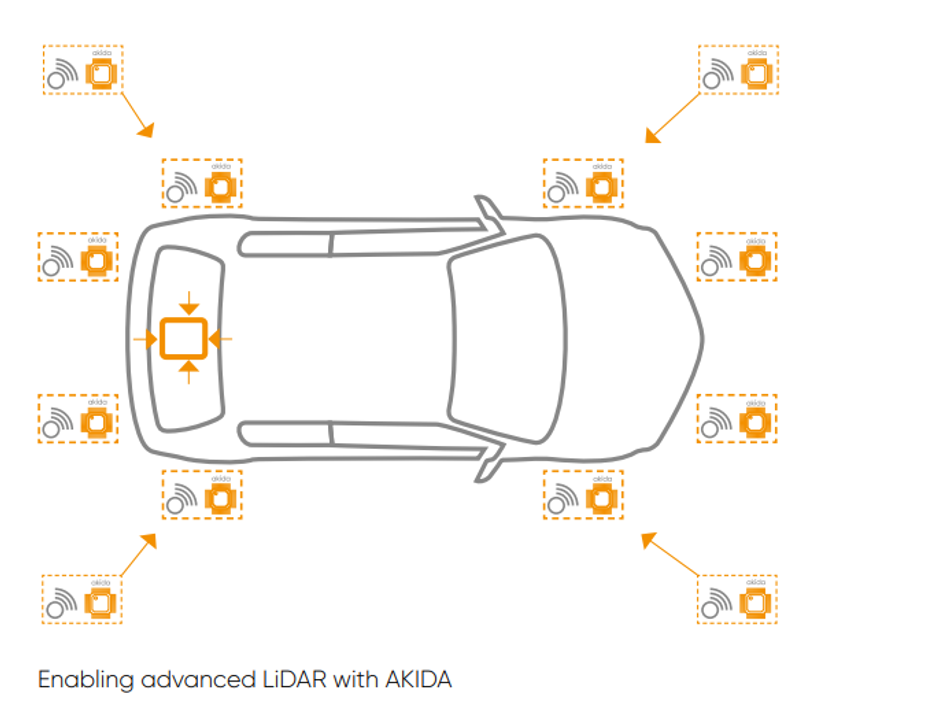
Smart Devices: From wearable technology to smart home devices, neuromorphic computing can improve performance and battery life. This will make these devices more user-friendly and efficient.
Healthcare: In medical applications, neuromorphic systems can facilitate faster diagnosis and monitoring by processing data from various sensors in real time.
Towards a Sustainable Future
One of the most compelling arguments presented in the whitepaper is the potential for neuromorphic computing to contribute to a more sustainable future. By reducing the energy consumption associated with AI processing, these systems can help mitigate the environmental impact of data centers and cloud computing.
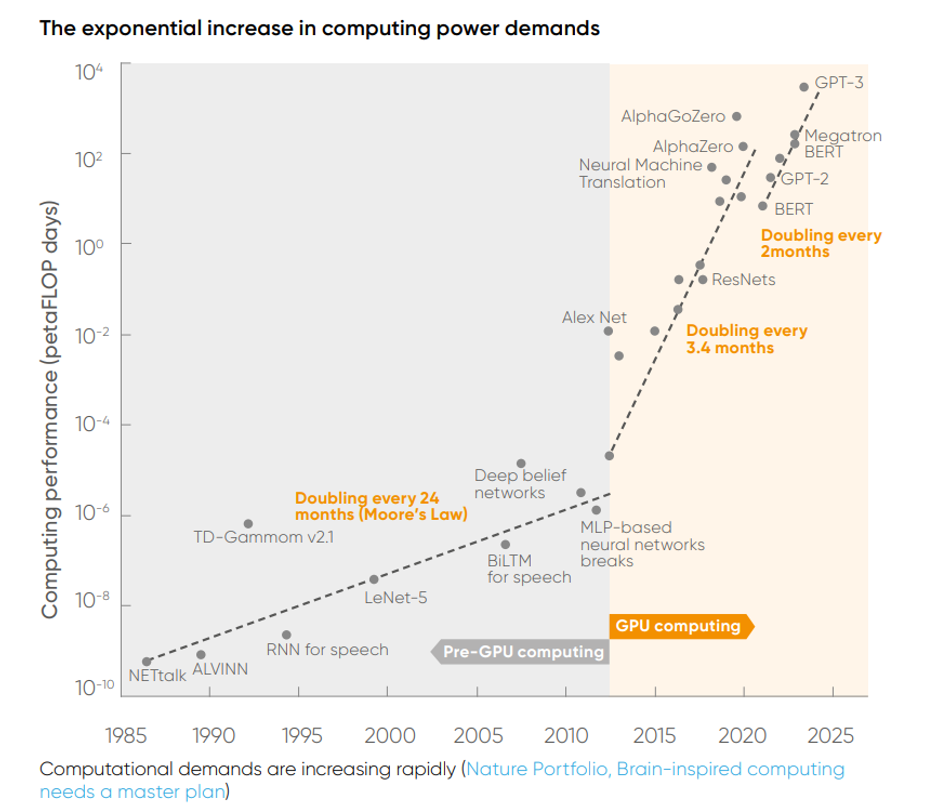
The whitepaper posits that as the demand for AI continues to grow, transitioning to neuromorphic architectures will be important to maintain performance while minimizing energy use. This aligns with global efforts to reduce carbon footprints and promote sustainable technology practices.
Final Words
"Learning How to Learn: Neuromorphic AI Inference at the Edge" provides an overview of the limitations of traditional computing models and the transformative potential of neuromorphic architectures. By addressing critical challenges such as latency, energy consumption, and security, neuromorphic computing offers a promising path forward for AI applications, particularly at the edge.
The evolution of computing towards more brain-like architectures not only enhances performance but also paves the way for a more intelligent and sustainable technological future.
For more insights, read and download the full whitepaper here.

